Most people avoid patch testing when using hypoallergenic wig glue. People believe the expensive lace wig glue helps protect your skin from potential allergic reactions or irritations. However, individuals with sensitive skin or allergies must take extra precautions. They have to be very careful to protect their skin from potential irritants. It is where patch testing with hypoallergenic wig glue becomes indispensable. Whether you are a seasoned wig wearer or new to the world of wigs, understanding the importance of patch testing can help prevent unpleasant reactions and ensure a worry-free experience with your wig. Today, we will learn the significance of patch testing and how it plays a vital role in safeguarding your skin.
Why Do You Need A Patch Test?
The well-being of our skin is of utmost importance. Introducing new products like UOG lace wig glue to our routine life can be exciting. However, before diving headfirst into using a new lace wig glue, it is essential to do a patch test. Whether it’s UOG lace wig glue or any other adhesive from the market, patch testing is a vital safety measure to protect our skin from potential adverse reactions. This simple precautionary step can safeguard your skin’s health and well-being, ensuring a positive and worry-free wig-wearing experience. Let’s first see the benefits of patch test:
- Identifying Sensitivities: Patch testing allows you to determine if you have any sensitivities or allergies to the hypoallergenic lace wig glue ingredients. Even though these glues say their formula is gentle, everyone’s skin can react differently to certain substances. Patch testing helps you identify potential adverse reactions before applying the glue to your scalp. If you are using UOG lace wig glue, we recommend following the instructions on the box.
- Minimizing Risks: By conducting a patch test, you reduce the risk of developing skin irritations, redness, itching, or allergic reactions when using the wig glue. Discovering any sensitivities during a patch test rather than experiencing discomfort or complications after a full application is better. Sometimes, when you apply the lace wig glue to a larger area like the forehead, the reaction may quickly spread and even affect your face. It is always good to take precautions earlier than worrying later.
Patch Testing Procedure:
Patch testing means you have to try a small amount of lace wig glue to a designated skin area to check for adverse reactions or allergies before using it more extensively. Even if your new lace wig glue claims to be hypoallergenic, you should do a patch test. An adhesive that suits every other skin may not work for you. Let’s see how to patch-test the lace wig glue before applying it to the forehead.
- Select a small, discreet area on your skin, such as behind the ear or on the inner forearm.
- Cleanse the area with mild soap and water, ensuring it’s dry before proceeding. You can use alcohol to wipe off the dirt.
- Apply a small amount of the hypoallergenic lace wig glue to the patch test area. Follow the product instructions regarding the amount and time needed for the test. You can try four layers using the UOG lace wig glue.
- Allow the glue to dry and leave it undisturbed for the recommended duration. In the case of UOG lace wig glue, wait for four minutes after each layer.
- Monitor the test area for at least 24 to 72 hours and observe any signs of redness, itching, swelling, or other discomfort. If you experience any adverse reactions during this time, remove the glue immediately and rinse the area with water.
If there are no reactions after the stipulated hours, you are likely not allergic to the lace wig glue. However, it’s still important to exercise caution during lace wig application. Monitor your scalp for any unexpected reactions.
Consulting A Professional: If you have a history of severe allergies or sensitivities or are uncertain about conducting a patch test on your own, it’s advisable to seek guidance from a dermatologist or a professional wig specialist. They can assist you in performing the test or recommend alternative hypoallergenic products that suit your needs. Similarly, it’s good to consult a professional immediately if you experience any doubtful reactions when doing a patch test.
Remember, patch testing is a preventive measure that ensures your safety and well-being when using hypoallergenic lace wig glue. Taking the time to test the product on a small area of skin can help protect you from potential skin irritations or allergic reactions, allowing you to enjoy a comfortable and worry-free wig-wearing experience.
For more updates on UOG lace wig glue, follow us.



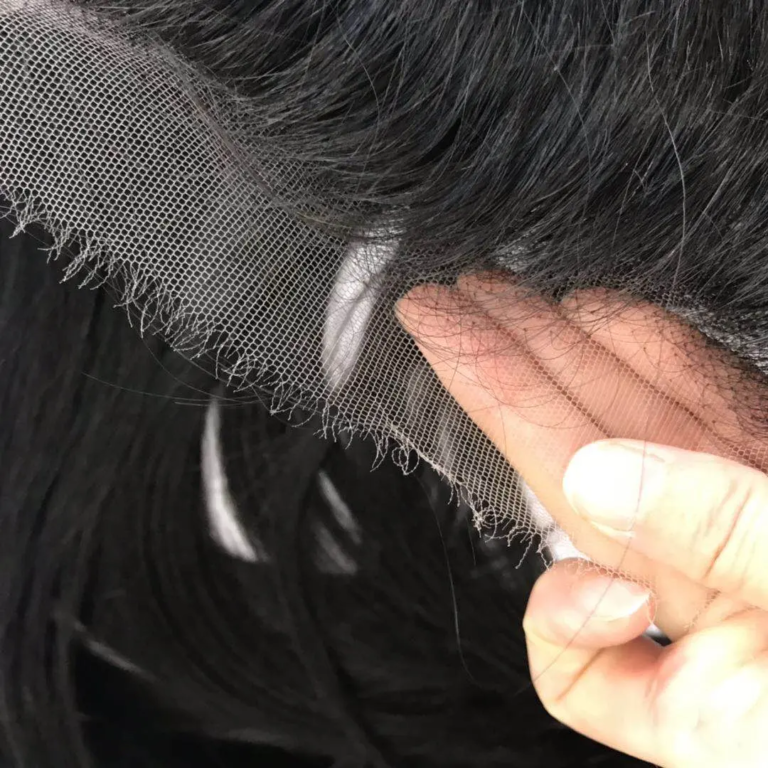



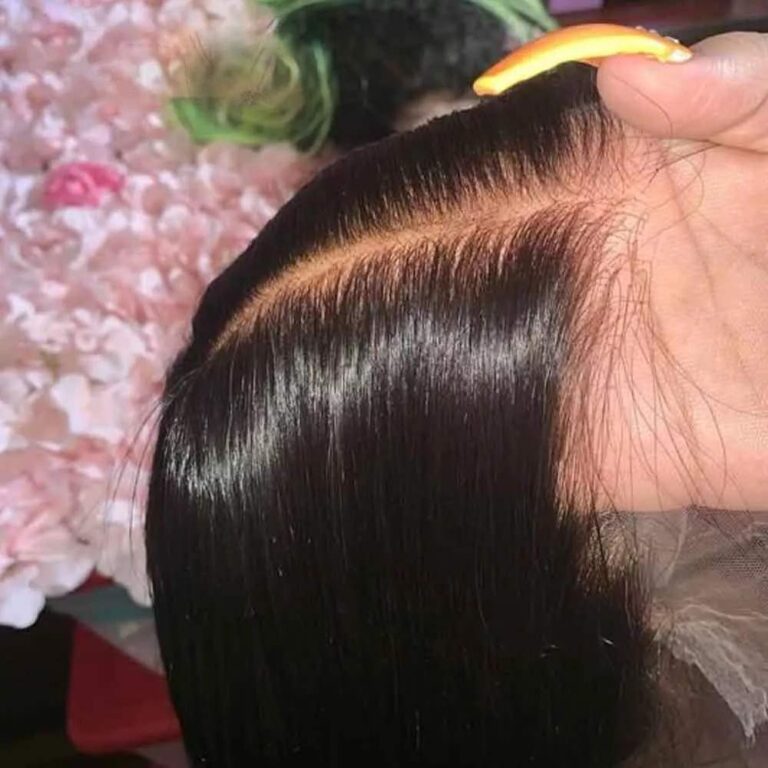
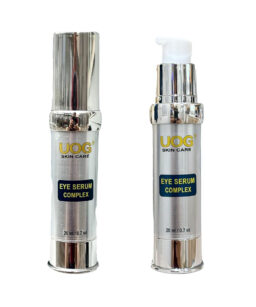
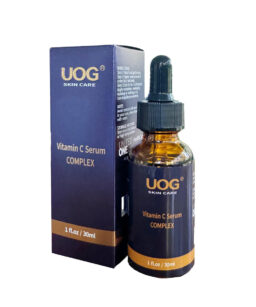
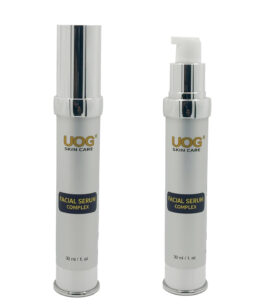
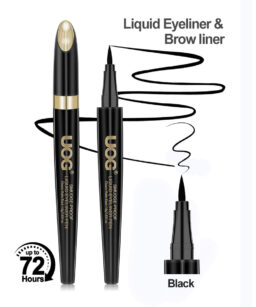
One Comment
Comments are closed.